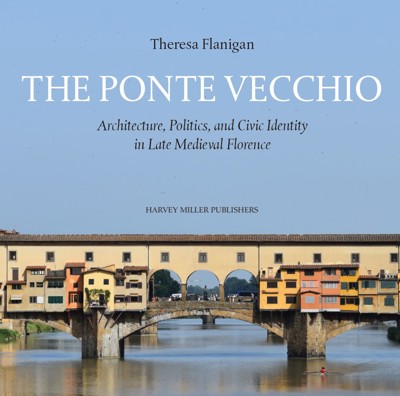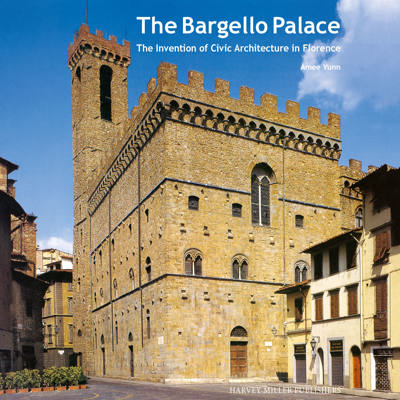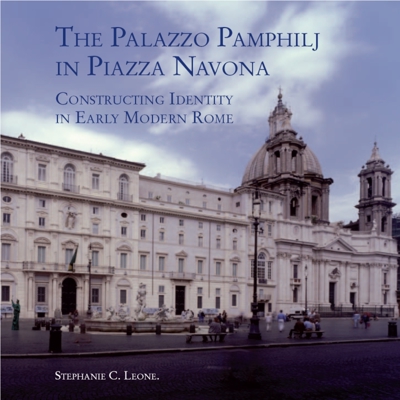
Monumental Transformations
Reuse, Adaptation and the Evolution of Rome’s Theaters After Antiquity
Guendalina Ajello Mahler
- Pages: 232 p.
- Size:240 x 240 mm
- Illustrations:44 b/w, 118 col., 8 tables b/w.
- Language(s):English, Italian
- Publication Year:2024
- € 145,00 EXCL. VAT RETAIL PRICE
- ISBN: 978-1-909400-54-2
- Hardback
- Available
An exploration of the layers of Rome.
Guendalina Ajello Mahler is an art historian whose research focuses on architecture and urbanism, early modern ephemera, and the use of immersive technology in research and education. She served as archivist of the Orsini Family Papers at UCLA, and produced the finding aid for the papers as well as several articles about the family. She has also written about Renaissance banquets. She received her PhD from the Institute of Fine Arts at NYU and is an associate of UCLA’s CMRS Center for Early Modern Studies. She currently collaborates with CSUSB’s Extended Reality for Learning (xREAL) Lab as a Digital Humanities Advisor.
This book is an exploration of the layers of Rome: the accumulations of centuries of habitation that make the city a fascinating and sometimes confounding palimpsest. This architectural coexistence is perhaps most nakedly on display at the sites of the ancient theaters of Marcellus and Pompey. Here ancient, medieval, early modern and contemporary elements are interwoven in a way that produced some of the strangest buildings in Rome.
Drawing on archival sources, pictorial records and physical evidence, this book untangles the rich history and fabric of these buildings. It starts to trace their evolution from the fall of the Roman empire, when the city's public monuments were taken over by private owners and the theaters were first used as simple shelters. It follows the theaters as they were taken over by powerful Roman families in the middle ages, and transformed into fortresses which dominated the urban landscape. And it examines the structures' continued evolution, as defensive needs were replaced by the desire for more elaborate living spaces, and eventually the requirements of the formal aristocratic palace.
This last transformation posed the greatest challenge for the buildings and the families that inhabited them. The Tuscan palace was a highly desirable model but in many ways was incompatible with the massive, radial theater remains. The choices made by the owners in response to this problem are in many ways surprising, and shed light on overlooked aspects of patronage and palace-building. Eschewing badly needed formal improvements, the families focused primarily on enhancing the experiential aspects of their palaces. Their approach was shared by some of their contemporaries, pointing to a plurality of practices in the conception of the palace.
This book offers an alternative perspective on Rome's ancient remains: a material history which enriches our understanding of Rome and its antiquities, and illuminates aspects of baronial patronage, social identity, and even the palace itself.




